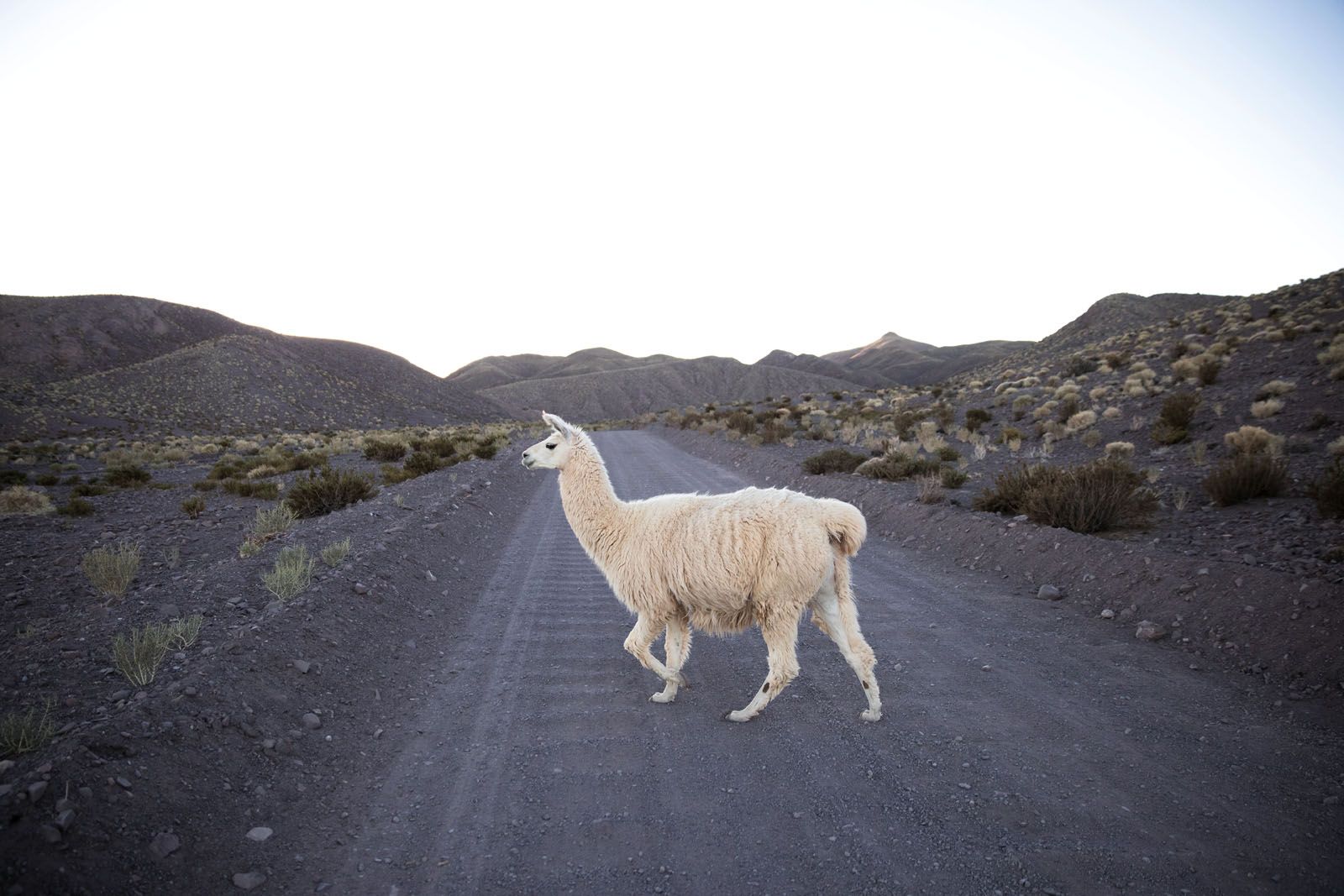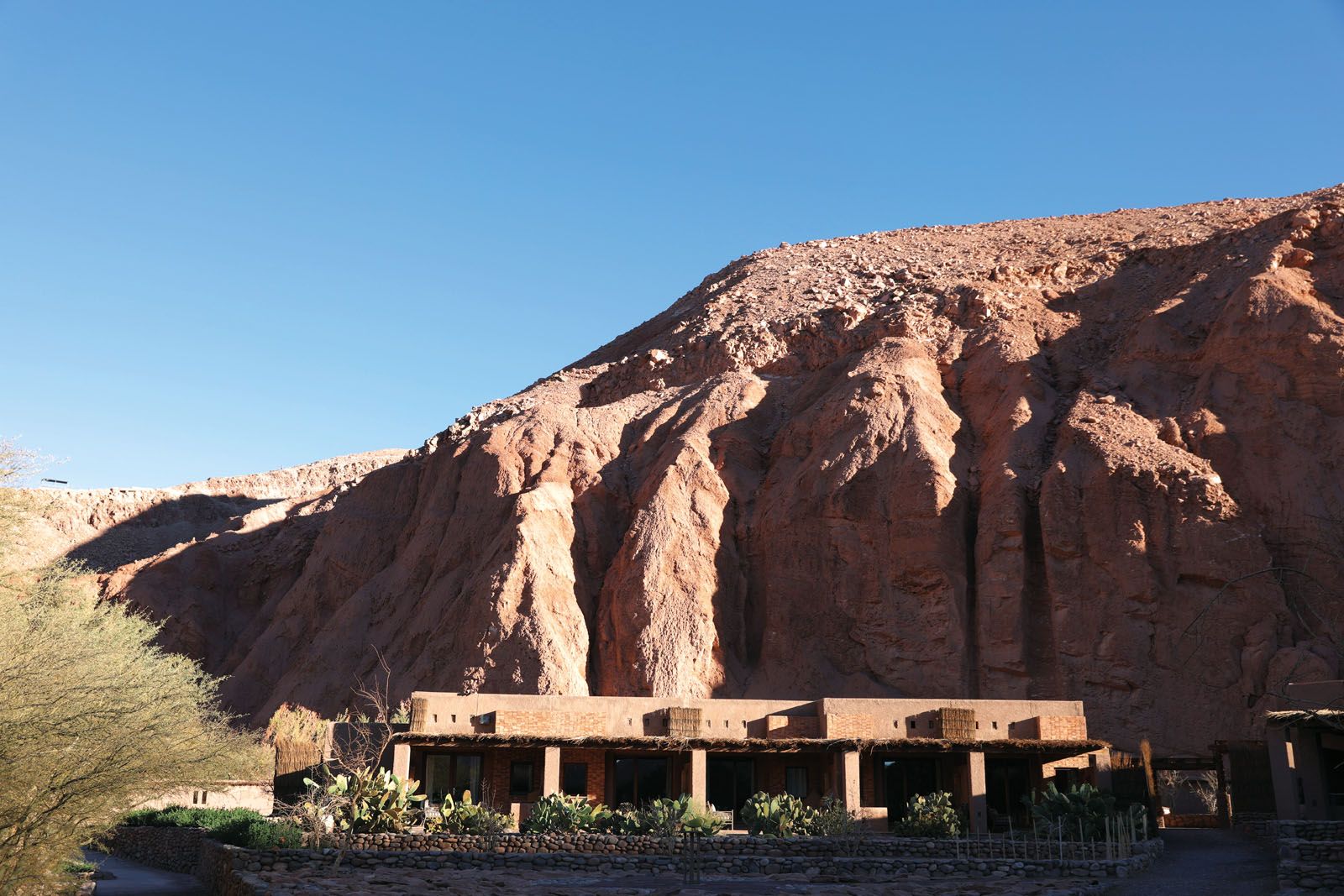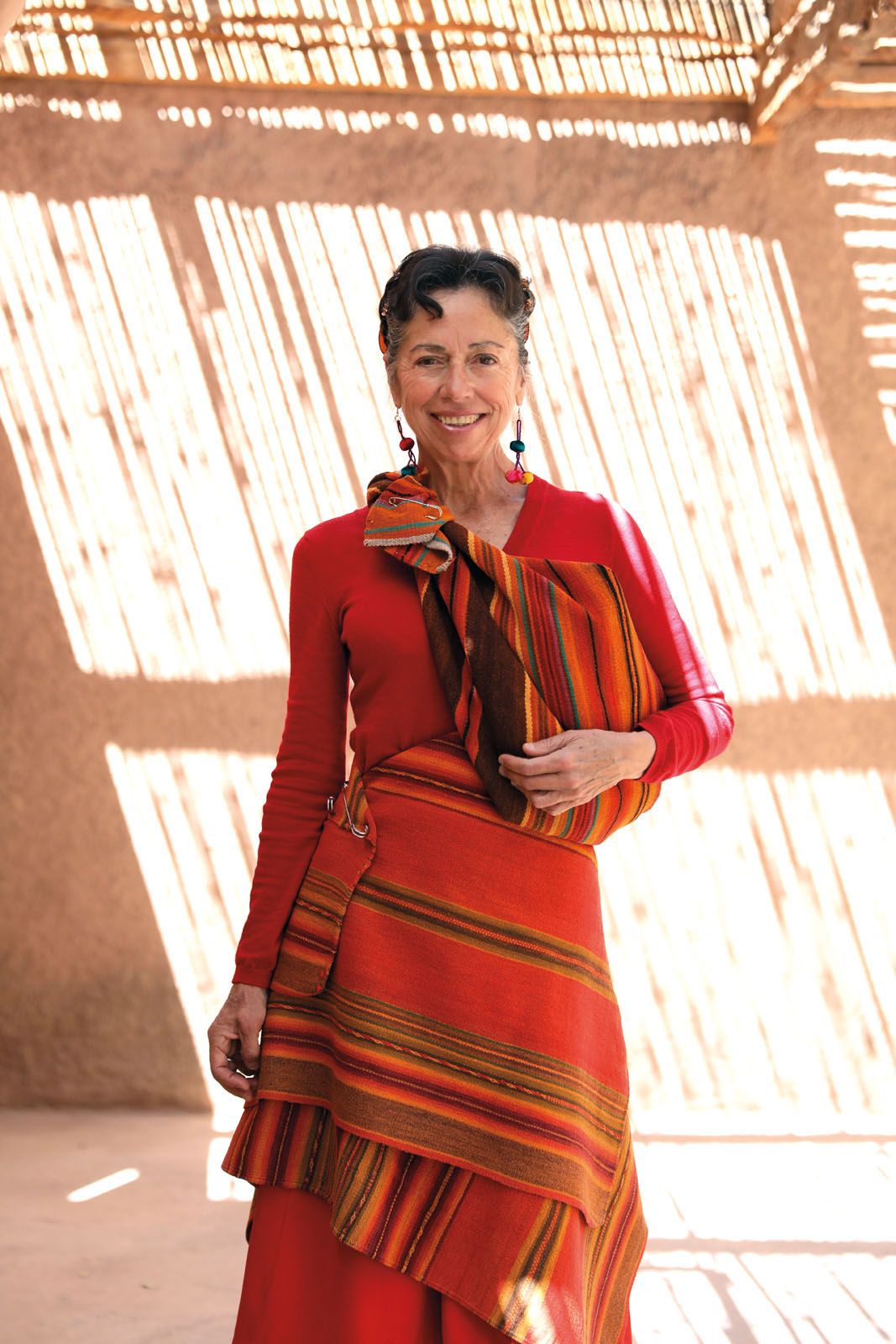Located high in the Andes, the otherworldly Atacama Desert in Chile defies convention. We explore the magnetic pull of the world’s driest terrain with Jacada Travel
When was the last time you truly saw the stars?
For many of us who live in cities, it's difficult to stargaze given the light pollution, which is why travellers head to the Mongolian steppe or go on safari in Africa to bask in a blanket of stars. Though there are many destinations that boast skies so clear you can see the Milky Way with your naked eye, the Atacama Desert in Chile is certainly a top place to stargaze and witness once-in-a-lifetime occurrences such as the total solar eclipse on July 2, 2019. That, plus its otherworldy "Martian" landscapes make it prime bucket list material.
To say that the Atacama Desert is a place like no other may sound like hyperbole, but its credentials dictate otherwise. Located 4,000m above sea level, this Andean plateau is embraced by the Pacific Ocean on one side and the Andes mountain range on the other, and holds the title of the driest place on earth. The last time there was a notable storm was in 2015, and some parts haven’t seen rainfall in over 400 years.












